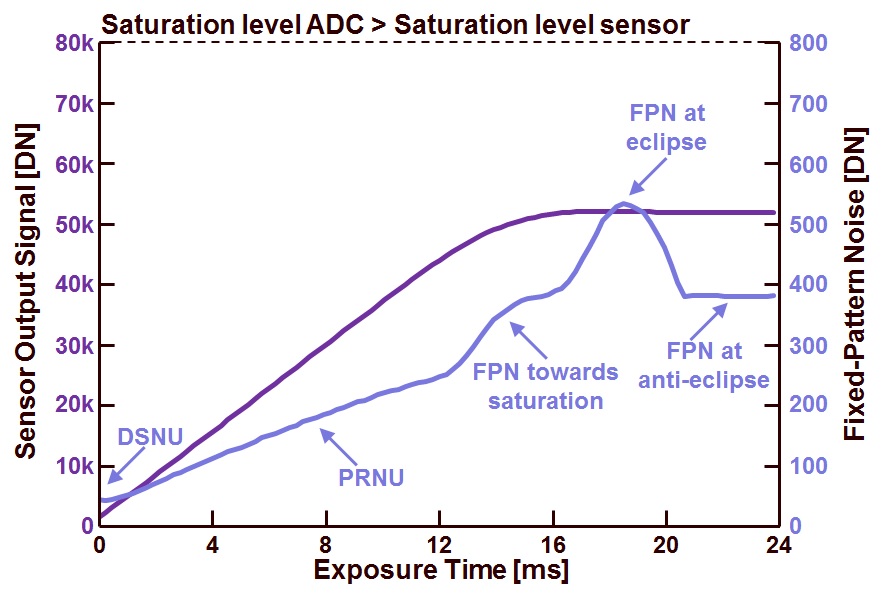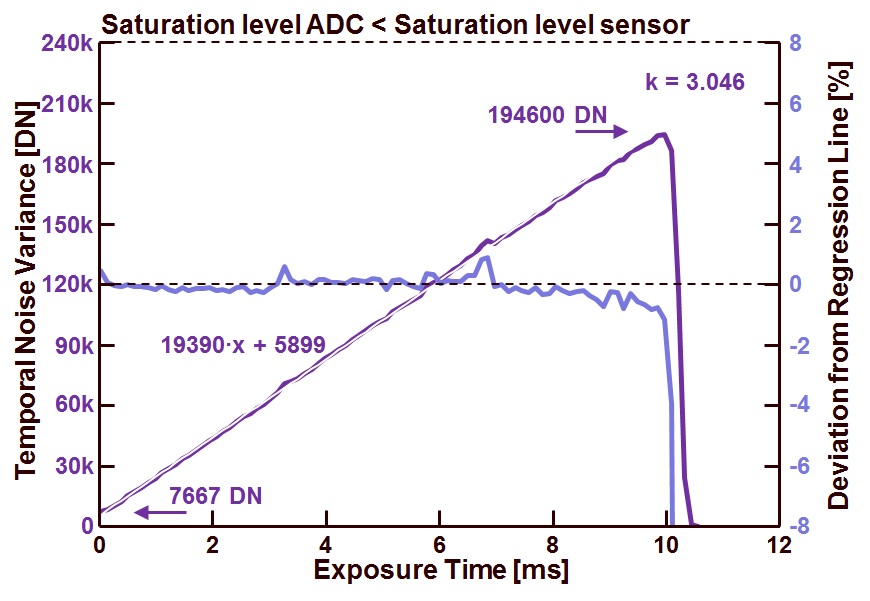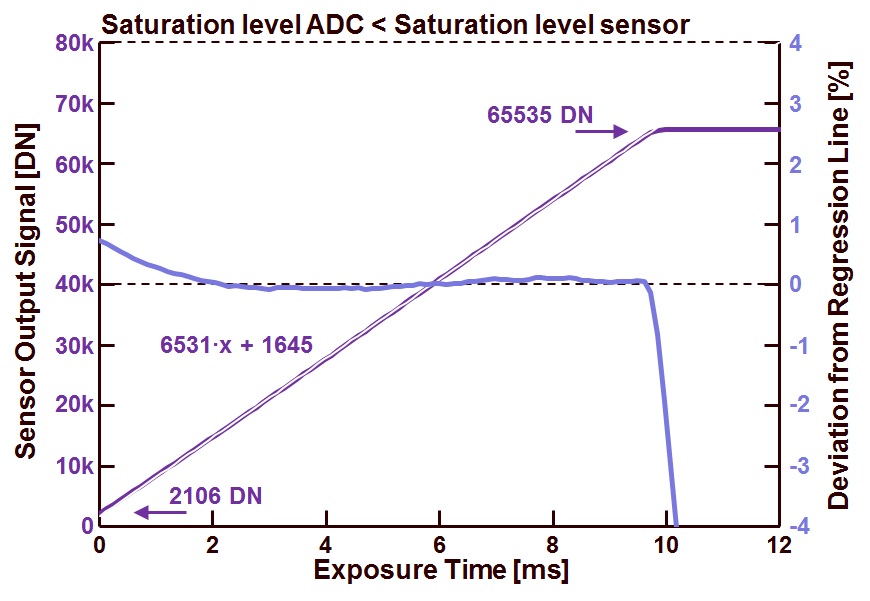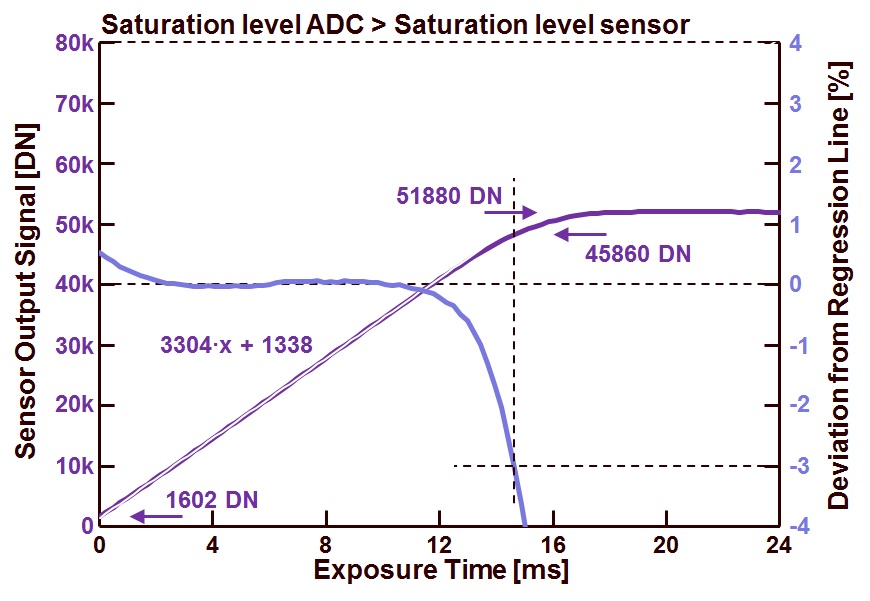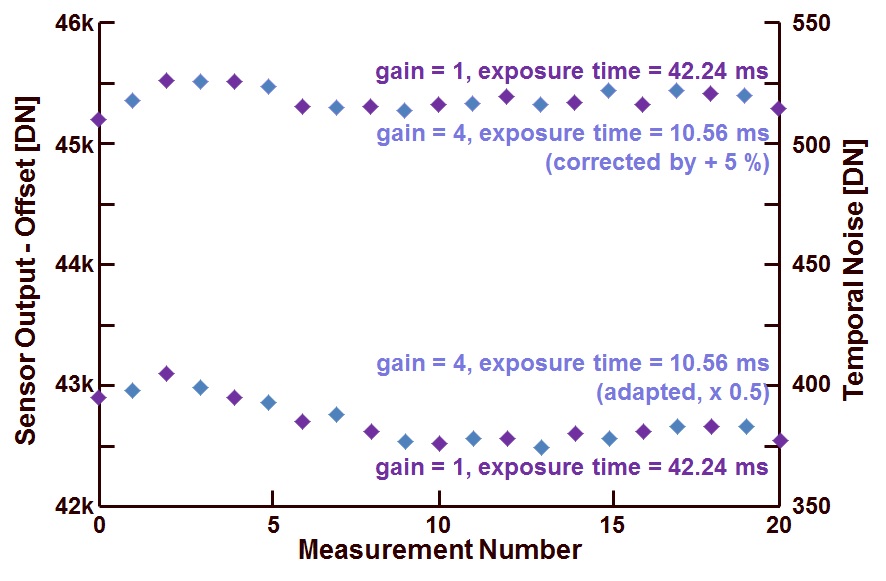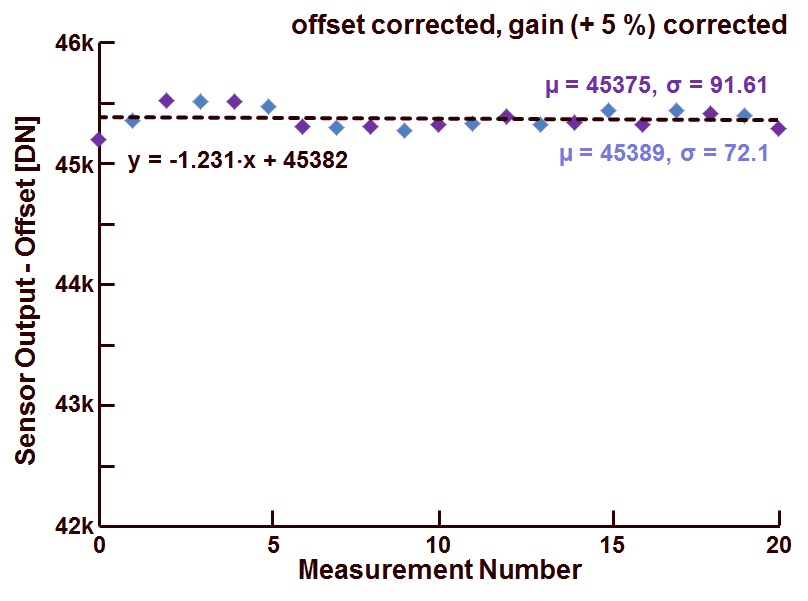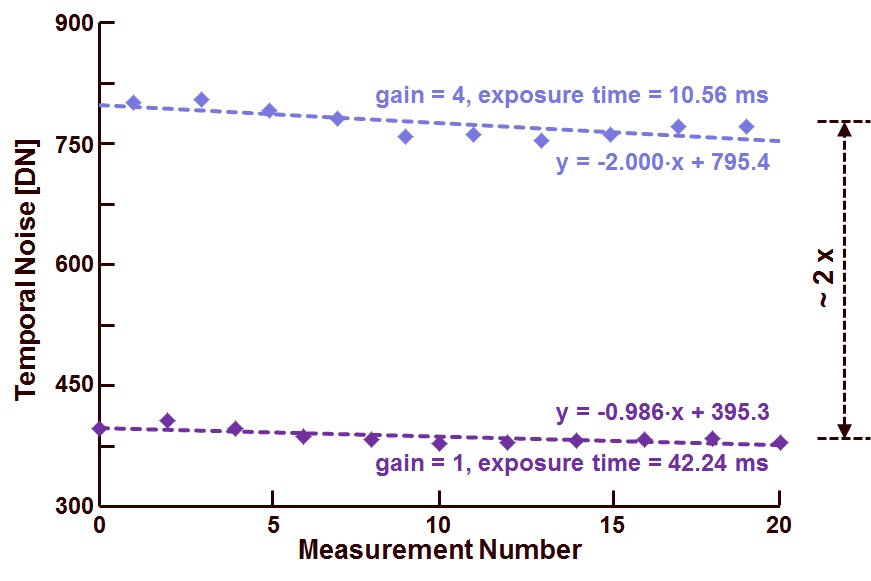Good Bye 2013 ! The year is almost over. And as I did in the foregoing years, also this time I would like to take a quick look back and see what 2013 brought to us. Also now I can repeat that the year 2013 was again a great year for Harvest Imaging ! The year started with the move towards a new office space. In the meantime all furniture, equipment and infrastructure is installed and in operation. So most of the blogs you could read this year were “born” from my new office space. This is especially true for the blogs that contained measurement data.
If I overlook the “products” of Harvest Imaging, I can split them up into three groups :
- The training courses, in-house as well as public courses. It is and remains amazing and sometimes hard to believe where all the people are coming from that attend the courses. In 2013 I had a training almost every other week, and I just completed course number 150 ! It is very motivating to experience that so many young engineers step into the challenging but very rewarding world of imaging,
- The consulting activities. I hope that my readers do understand that I cannot elaborate on this because of confidentiality reasons. But I can indicate that my expertise was used in the field of imaging technology as well as intellectual property related projects,
- The new product of Harvest Imaging, being the organization of the Solid-State Imaging Forum. The very first edition of this forum was organized this December, focusing on “ADCs for Imagers”. It was really a success and the large attendance proofs that there is a need for this kind of in-depth information and knowledge exchange.
To conclude this overview of products, it is a pleasure for me to thank all my customers who brought business to Harvest Imaging, in one way or another. It is great to experience your trust and confidence by consulting the expertise of Harvest Imaging. Thanks very much !
2013 is an odd number, and it inherently translates into another International Image Sensor Workshop, this time in the USA. My friends in the field, Boyd Fowler, Eric Fossum and Gennadyi Agranov, organized another great Workshop. Location was Snow Bird in Utah, where all technical information was exchanged, distributed and absorbed (literally) at a very high level. Although again the technical and scientific level of the Workshop was outstanding, the highlight for me was the “meet and greet” with Michael Tompsett, the real inventor of the CCD image sensor. He gave a very impressive overview of his history in the CCD imaging world and clearly explained to the audience that the 2009 Nobel Prize for the invention of the CCD image sensor went to the wrong person. Thanks to the chairs of the Workshop to take the initiative to invite Michael Tompsett !
To conclude, I wish all of you the very best for 2014, and hope that we will regularly “meet” through this blog. Thanks for visiting the website of Harvest Imaging, hopefully see you next year. Welcome 2014 !
Albert, 20-12-2013.
